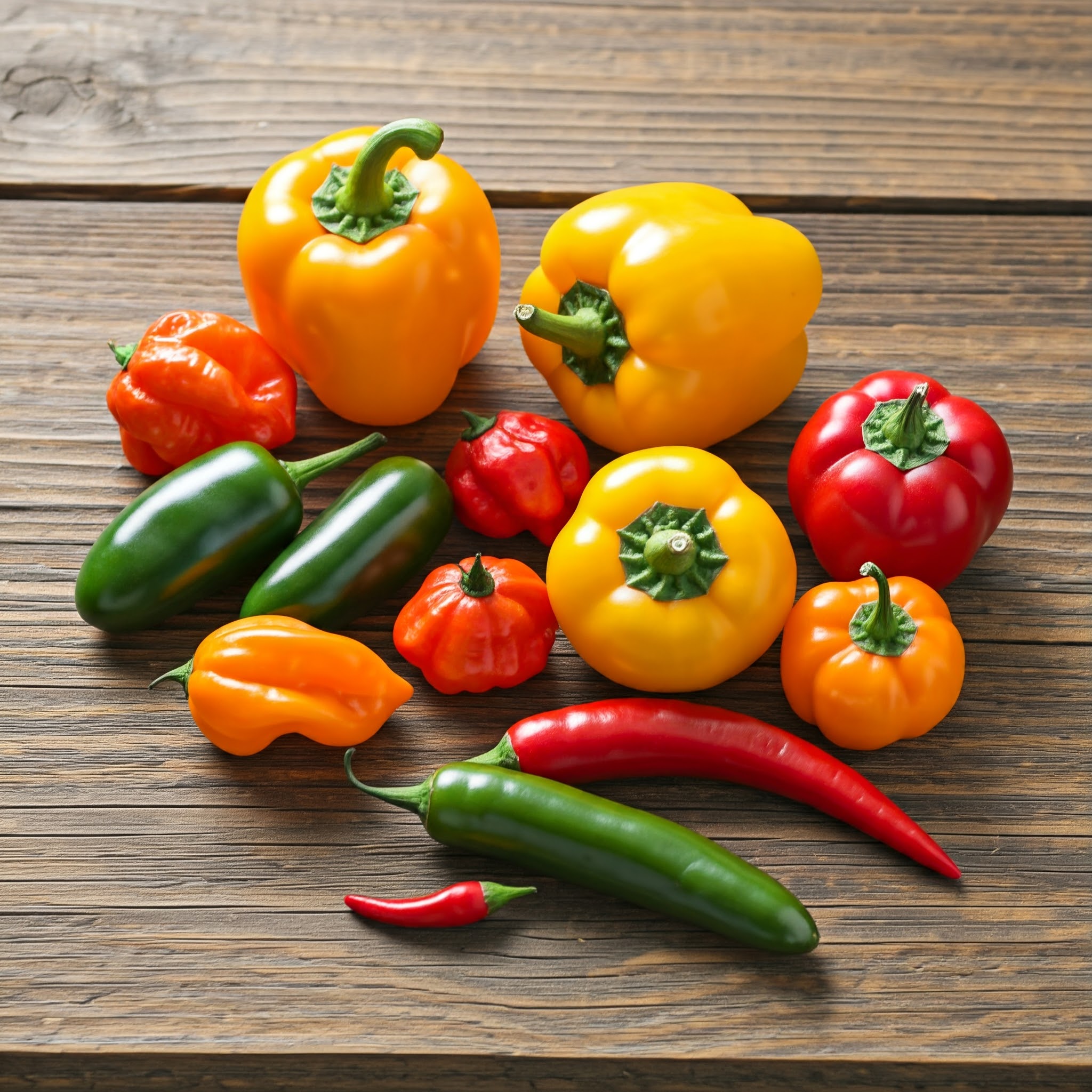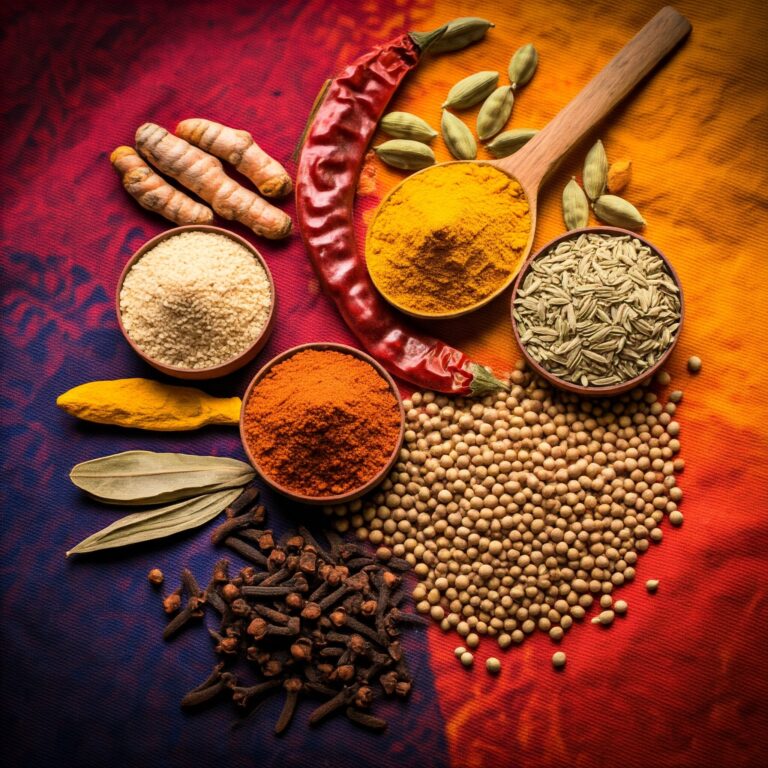Peppers: A Versatile and Flavorful Vegetable
Peppers, scientifically known as Capsicum annuum, are a versatile and flavorful vegetable that has been cultivated for centuries around the world. They are members of the nightshade family and are closely related to tomatoes, eggplants, and potatoes. Peppers come in a wide variety of shapes, sizes, colors, and heat levels, making them a popular ingredient in countless cuisines.
Popular Members of the Pepper Family in India
India is home to a rich diversity of pepper varieties, each with its own unique flavor profile and nutritional benefits. Here are some of the most popular members of the pepper family in India:
1. Bell Peppers (Capsicum annuum):
- Common Indian names: Shimla mirch, Kapya
- Description: Bell peppers are large, fleshy fruits that come in a variety of colors, including red, yellow, green, orange, and purple. They have a mild, slightly sweet flavor and a crisp texture.
- Uses: Bell peppers are commonly used in curries, stir-fries, salads, and sandwiches. They are a good source of vitamins A, C, and K, as well as potassium and fiber.
2. Chili Peppers (Capsicum annuum):
- Common Indian names: Mirch, Lal mirch, Hari mirch
- Description: Chili peppers are small, elongated fruits that come in a variety of colors, including red, green, yellow, orange, and purple. They have a spicy, hot flavor and a firm texture.
- Uses: Chili peppers are a staple ingredient in Indian cuisine and are used to add heat and flavor to curries, chutneys, pickles, and other dishes. They are a good source of vitamins A and C, as well as potassium and fiber.
3. Cayenne Peppers (Capsicum annuum):
- Common Indian names: Cayenne mirch
- Description: Cayenne peppers are small, slender fruits that are typically red in color. They have a medium-hot flavor and a slightly smoky aroma.
- Uses: Cayenne peppers are often used in spice blends, sauces, and marinades. They are a good source of vitamins A and C, as well as potassium and fiber.
4. Jalapeño Peppers (Capsicum annuum):
- Common Indian names: Jalapeño mirch
- Description: Jalapeño peppers are medium-sized fruits that are typically green or red in color. They have a moderately hot flavor and a firm texture.
- Uses: Jalapeño peppers are often used in salsa, guacamole, and stuffed peppers. They are a good source of vitamins A and C, as well as potassium and fiber.
5. Serrano Peppers (Capsicum annuum):
- Common Indian names: Serrano mirch
- Description: Serrano peppers are small, slender fruits that are typically red or green in color. They have a hot flavor and a firm texture.
- Uses: Serrano peppers are often used in salsa, guacamole, and pickled peppers. They are a good source of vitamins A and C, as well as potassium and fiber.
6. Habanero Peppers (Capsicum chinense):
- Common Indian names: Habanero mirch
- Description: Habanero peppers are small, wrinkled fruits that come in a variety of colors, including red, orange, yellow, and green. They have an extremely hot flavor and a slightly fruity aroma.
- Uses: Habanero peppers are often used in hot sauces, marinades, and spice blends. They are a good source of vitamins A and C, as well as potassium and fiber.
7. Ghost Peppers (Capsicum chinense):
- Common Indian names: Bhut jolokia, Ghost mirch
- Description: Ghost peppers are small, wrinkled fruits that are typically green or red in color. They have an extremely hot flavor and a slightly fruity aroma.
- Uses: Ghost peppers are often used in hot sauces, marinades, and spice blends. They are a good source of vitamins A and C, as well as potassium and fiber.
Nutritional Benefits of Peppers
Peppers are a nutritious vegetable that offers a variety of health benefits. They are a good source of vitamins A, C, and K, as well as minerals like potassium and fiber. Peppers also contain capsaicin, a compound that gives them their spicy flavor. Capsaicin has been shown to have several health benefits, including:
- Pain relief: Capsaicin can help reduce pain from conditions such as arthritis and neuropathy.
- Improved digestion: Capsaicin can help stimulate the production of digestive enzymes, which can improve digestion.
- Weight management: Capsaicin can help boost metabolism and promote weight loss.
- Reduced inflammation: Capsaicin has anti-inflammatory properties that can help reduce inflammation in the body.
Culinary Applications of Peppers
Peppers are incredibly versatile and can be used in a wide variety of dishes. Here are a few popular culinary applications:
- Curries: Peppers are a common ingredient in Indian curries, where they add heat and flavor.
- Stir-fries: Peppers can be quickly stir-fried with other vegetables and protein sources for a healthy and delicious meal.
- Salads: Peppers can be added to salads for a crunchy texture and a burst of flavor.
- Sandwiches: Peppers can be added to sandwiches for a spicy kick.
- Stuffed peppers: Peppers can be stuffed with a variety of fillings, such as meat, cheese, or vegetables.
- Pickles: Peppers can be pickled for a tangy and flavorful side dish.
- Sauces: Peppers are often used in sauces, such as salsa, hot sauce, and marinades.
Growing Peppers in India
Peppers are relatively easy to grow in India, as they thrive in warm, sunny climates. They can be grown in gardens, on trellises, or in containers. Here are a few tips for growing peppers in India:
- Choose a sunny location: Peppers require at least 6-8 hours of direct sunlight per day.
- Prepare the soil: The soil should be well-draining and rich in organic matter.
- Plant the seeds: Seeds can be sown directly into the soil or started indoors and transplanted later.
- Water regularly: Peppers require regular watering, especially during hot, dry weather.
- Support the plants: If growing on trellises, provide adequate support for the plants to climb.
- Harvest at the right time: Peppers should be harvested when they are firm and ripe.
By incorporating peppers into your diet, you can enjoy a variety of delicious and nutritious meals while also reaping the numerous health benefits that these versatile vegetables offer.








